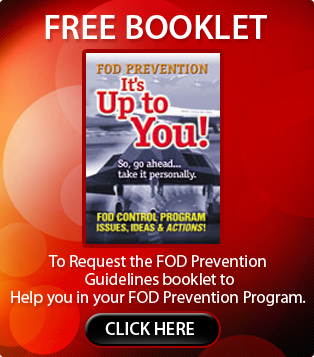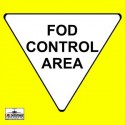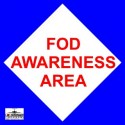Rat In Da Vat!
Assessing Your Airport’s FOD Culture
by Master Sergeant Steven Ball
Foreign Object Debris (FOD) in aircraft costs billions of dollars each year worldwide. FOD can be a nuisance when it delays a flight, can cause over a million dollars in damages when it enters an aircraft engine, or worse…
During high school I worked summers cutting grass at a wastewater treatment facility in New Jersey. Large, open concrete pools and miles of grass. Every now and then, I’d bag a rat that was too bold and got careless.

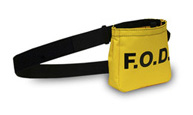 In the best of all worlds, no foreign objects such as tools, fasteners, wire clippings and the like would ever be left behind in the workplace. But given the task of dealing with a less than perfect world, we strive to do our best at “Control” and “Collection”.
In the best of all worlds, no foreign objects such as tools, fasteners, wire clippings and the like would ever be left behind in the workplace. But given the task of dealing with a less than perfect world, we strive to do our best at “Control” and “Collection”. 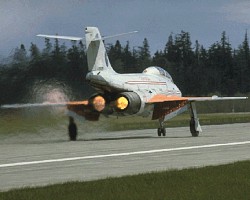 Here’s the low down on the Failure Analysis Service Technology. This process is an investigation technique carried out by Mr. George Morse of FAST at his offices in Pine Mountain, California, using an electron-scanning microscope to determine the identity of foreign materials left behind on damaged areas during a FOD event. It is as potentially as important to your FOD/Flight program as the FOD*BOSS because it is the only way I know of to determine with a high degree of certainty what an engine ingested, especially when the damage isn’t apparent. With FAST available there is no reason to simply report “Unknown” regarding source or cause of damage. If you are ever going to prevent a FOD mishap from re-occurring, the initial cause must be known so the appropriate preventative measures may be implemented.
Here’s the low down on the Failure Analysis Service Technology. This process is an investigation technique carried out by Mr. George Morse of FAST at his offices in Pine Mountain, California, using an electron-scanning microscope to determine the identity of foreign materials left behind on damaged areas during a FOD event. It is as potentially as important to your FOD/Flight program as the FOD*BOSS because it is the only way I know of to determine with a high degree of certainty what an engine ingested, especially when the damage isn’t apparent. With FAST available there is no reason to simply report “Unknown” regarding source or cause of damage. If you are ever going to prevent a FOD mishap from re-occurring, the initial cause must be known so the appropriate preventative measures may be implemented. 